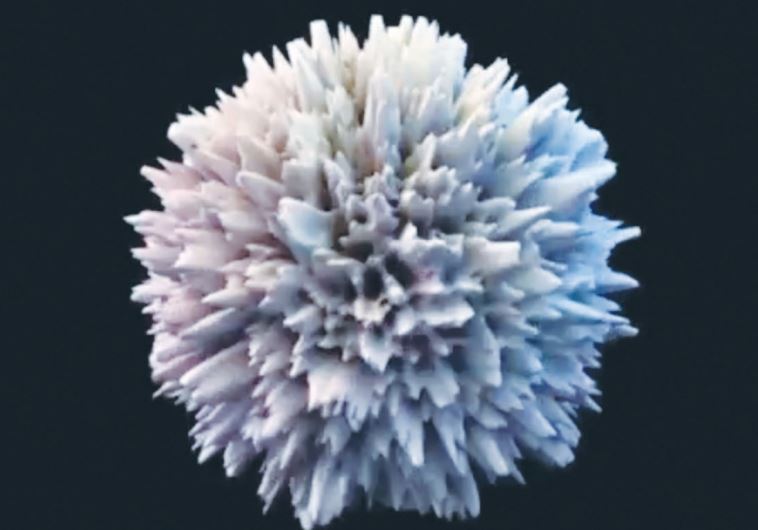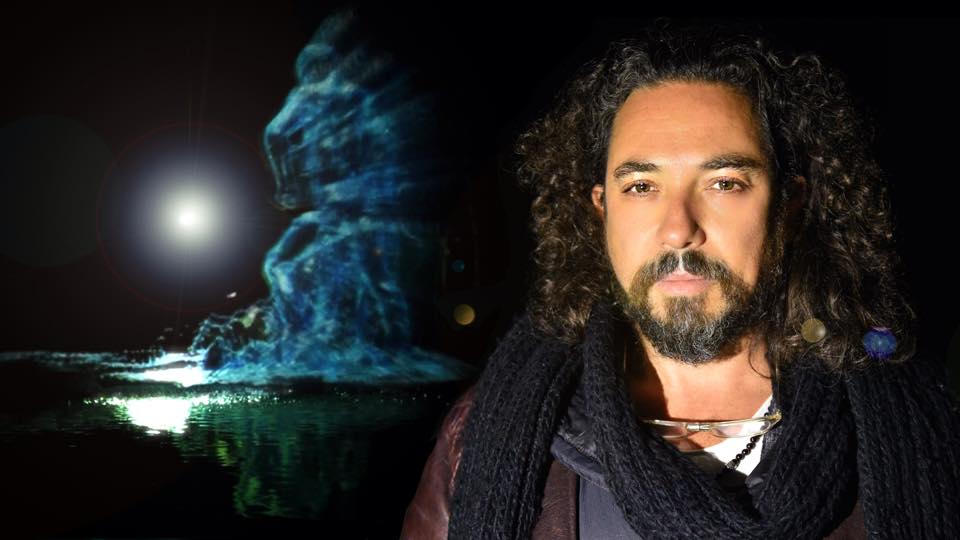It may sound like science fiction, but a digital representation of a sculpture is about to be beamed up to space and be 3D-printed at the International Space Station.
SEE ALSO: NASA And Israel Ink Deal On Space Cooperation
US space agency NASA is collaborating with Israeli artist Eyal Gever to create the first-ever sculpture in space. Gever will send a digital image of the sculpture to a special 3D printer machine that’s able to work in zero-gravity environments. The printer was designed by American company Made in Space.

Israeli concept artist Eyal Gever has created this digital representation of human laughter, to be 3D-printed in space. Courtesy
Instead of launching an actual sculpture to space, NASA and Made in Space will download the image of the sculpture and 3D-print it. The sculpture represents a three-dimensional model of human laughter, in a project Gever simply dubs #Laugh.
The subject was chosen in an attempt to bring a human element to space. At the same time, the artist wanted to build something universal, free of any political reference, simply celebrating humankind. “The earliest cave paintings were of human hands, which were a way of proclaiming and celebrating the presence of humanity,” Gever said in a statement.
SEE ALSO: Life on Mars? Israelis Design 3D-Printed Space Home For NASA
With almost 20 years of experience, Gever is not new to 3D printing of art. In 2012, several of his installations – representing ocean waves, popping bubbles and spilling oil – were 3D-printed using algorithms that represented dynamic moments in time.
Sign up for our free weekly newsletter
SubscribeCrowdsourced art
Gever has used the wisdom of the crowd to collect many laughter samples trough social media channels. These sound bites served as the basis for his piece. Through his campaign #LaughInSpace, the artist encouraged people to record themselves laughing and to share their recordings with their friends. “The laughter with the most shares and retweets will be sent to the International Space Station to be 3D-printed and then released into orbit”, he declared.
With this project, NASA intends to test 3D printing technologies in order to create a self-sustaining environment for astronauts in space, enabling them to create the hardware they need while on a mission, instead of having it launched from earth. According to Gever, the installation will be a symbol of what can be achieved when technologies are used to create a new language of art.
The sculpture, which is expected to be printed later this year, aims to represent, according to Gever “a mathematically accurate encapsulation of human laughter, simply floating through space, waiting to be discovered.”
Photos: NASA, Eyal Gever
Related posts

Editors’ & Readers’ Choice: 10 Favorite NoCamels Articles

Forward Facing: What Does The Future Hold For Israeli High-Tech?

Impact Innovation: Israeli Startups That Could Shape Our Future





Facebook comments